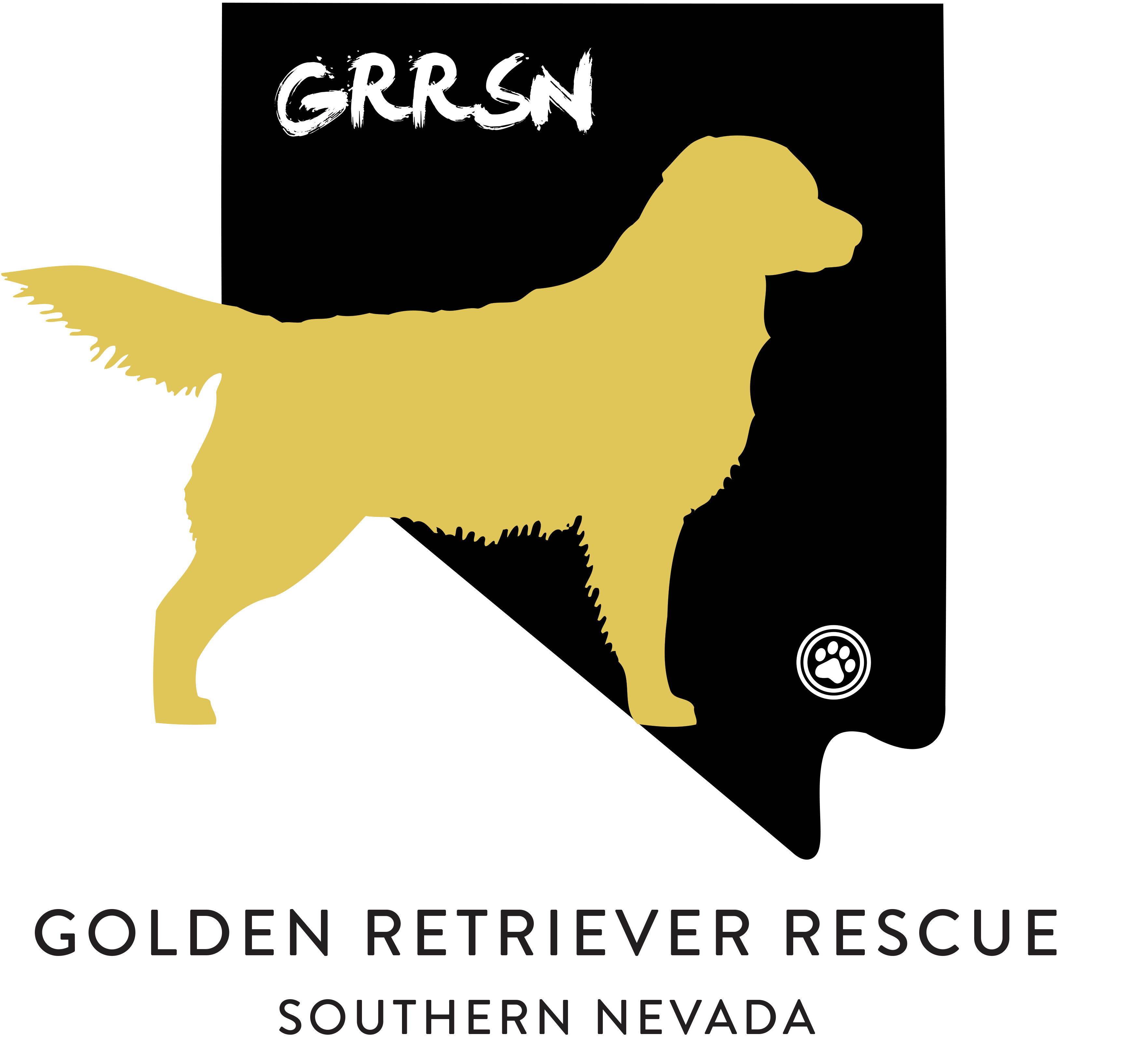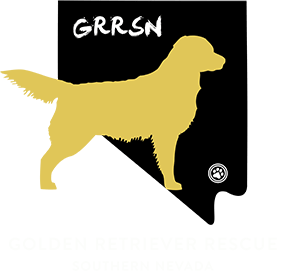“My dog is perfect, except when…”

Happy Easter, everyone! It’s spring in the northern hemisphere, a time for rebirth and renewal — although it may not seem like it yet if it’s still snowing where you live. Still, the days are getting longer, so there’s more time to get out into the sunshine and exercise with your dogs.
I know that some of you probably got out of this habit during the winter because of the weather, which is even more reason to remember today as a day of renewal. It can be difficult, when you’ve gotten into a habit, to get out of it. When I was working with the engineers to design my new treadmill, I even learned that there’s a word for it.
That word is “inertia.” Now, when engineers use the word, they mean it in a strictly physical sense. “Inertia” describes how an object tends to keep on doing what it’s doing. If it’s moving, it will keep moving until something stops it. If it’s not moving, it will sit there until something gives it a push.
I realized, though, that inertia doesn’t just apply to physical objects, like rocks or balls or cars. As humans, we can also experience inertia emotionally, intellectually, or spiritually. Now, this is great if we’re in motion in those areas, moving forward and growing. Emotional growth moves us toward honesty; intellectual growth brings us toward integrity; spiritual growth to loyalty.
Just like a ball rolling down a hill, when we’ve started moving in those areas, it’s hard to stop. The other scientific term that applies here is “momentum” — how fast we are moving forward and growing. Momentum tends to build on itself. The faster you are moving, the farther you will move, and the less likely you are to stop.
But what happens when, instead of moving forward and growing, we find ourselves stopped emotionally, intellectually, or spiritually? Inertia becomes a brick wall. We sit there, motionless in all of those areas and we stop growing, — the same way that a clean, flowing river becomes a mossy, stagnant pond when it becomes trapped in a rut.
When it comes to dealing with issues with our dogs, we can become very good at building our own brick walls. Many times, I have heard people say, “My dog is perfect, except when…” Except when she eats my shoes, except when he shows aggression, except when I have no control on the walk…
“Except when” is the excuse that allows us to not move forward. It’s what we tell ourselves so that we can live with a problem instead of dealing with that problem. All the time, people put up with behavior in dogs that they would not tolerate in other humans. If you had a friend who decided to trash your house, you’d stop inviting them over. If your kids were disrespectful, you would deal with it immediately.
Your dog does not see you as the Pack Leader, or doesn’t have rules, boundaries, and limitations? Well, that’s “almost perfect.” But why should that be good enough?
It is much easier for an object at rest to remain that way, because it takes energy to get it moving. What’s easy to forget is that it also took energy to make it stop; in this case, negative energy. The good news, though, is that it only takes a little push to start rolling again.
Here’s the little push. When it comes to your dog’s behavior, what’s your “except when?” Now, complete the following sentence: “So then I…” If you finish that with “do nothing,” then you need to get moving again. The spring rebirth of Nature and the message of Easter provide a reminder. It is never too late for growth, and it is never impossible.




